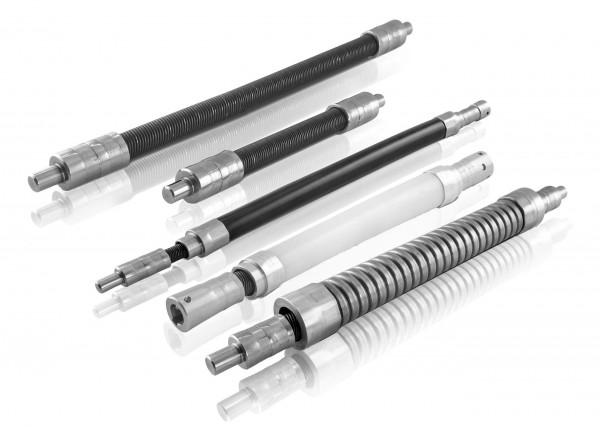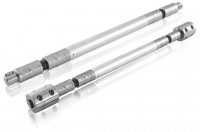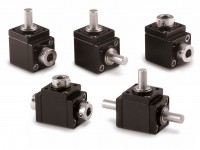TR Flexible Shaft

Zum Konfigurieren dieses Artikels benutzen Sie bitte den Bestellschlüssel:
Any questions?

Your Contact
Christian Willmann
c.willmann@willtec.de
+49 (0)7665 - 93465-17
Download brochure
- Order number: TR
TR flexible shafts are highly versatile and can be supplied with different types of protective cover materials based on the type of application:
The following versions are available:
• transfer torque where a direct connection is not possible
• substitution of unprotected, complex, or dangerous movable mechanisms
• remote operation of mechanisms
• reduce the overall weight of mechanisms
• bypass obstacles
• A = without protective cover
• B = with a protective cover made of Rilsan thermoplastic synthetic material (recommended for protection against oil, grease, dirt, corrosive agents, etc.)
• C = with galvanized steel reinforced cover (recommended to increase mechanical robustness in particularly heavy working conditions)
Available with various end couplings made of stainless steel.
|
Flexible shafts are mechanical elements which are subject to torque and undergo a rotational elastic deformation. Considering a single flexible shaft, the equal and opposite torques which are applied at each extremity cause a relative rotation of the various sections which is proportional to the distance between the sections. Parameter r = 1 when the shaft is loaded according to the winding direction of the spiral; when loaded in the opposite direction, r < 1 as indicated in the following table: |
The relation between Applied Torque T [Nm] and Twist Angle of the extremities φ [°] is a function of three parameters as follows:
● Torsional Rigidity k [103Nm/°] which depends on the section diameter and its construction characteristics ● Length of the shaft L [mm] ● Rotation Direction r (dimensionless parameter which characterizes the asymmetric behavior of the shaft) |

|
The figure shows a qualitative-quantitative curve of the efficiency of the flexible shaft as a function of the bending radius. For configurations which are almost in a straight line, the efficiency is equal to the maximum value 0.9. The efficiency is nearly constant for high values of the bending radius and decreases rapidly down to 0.2 as the minimum bending radius is approached. |
 |


CAD-Files: please request!

















